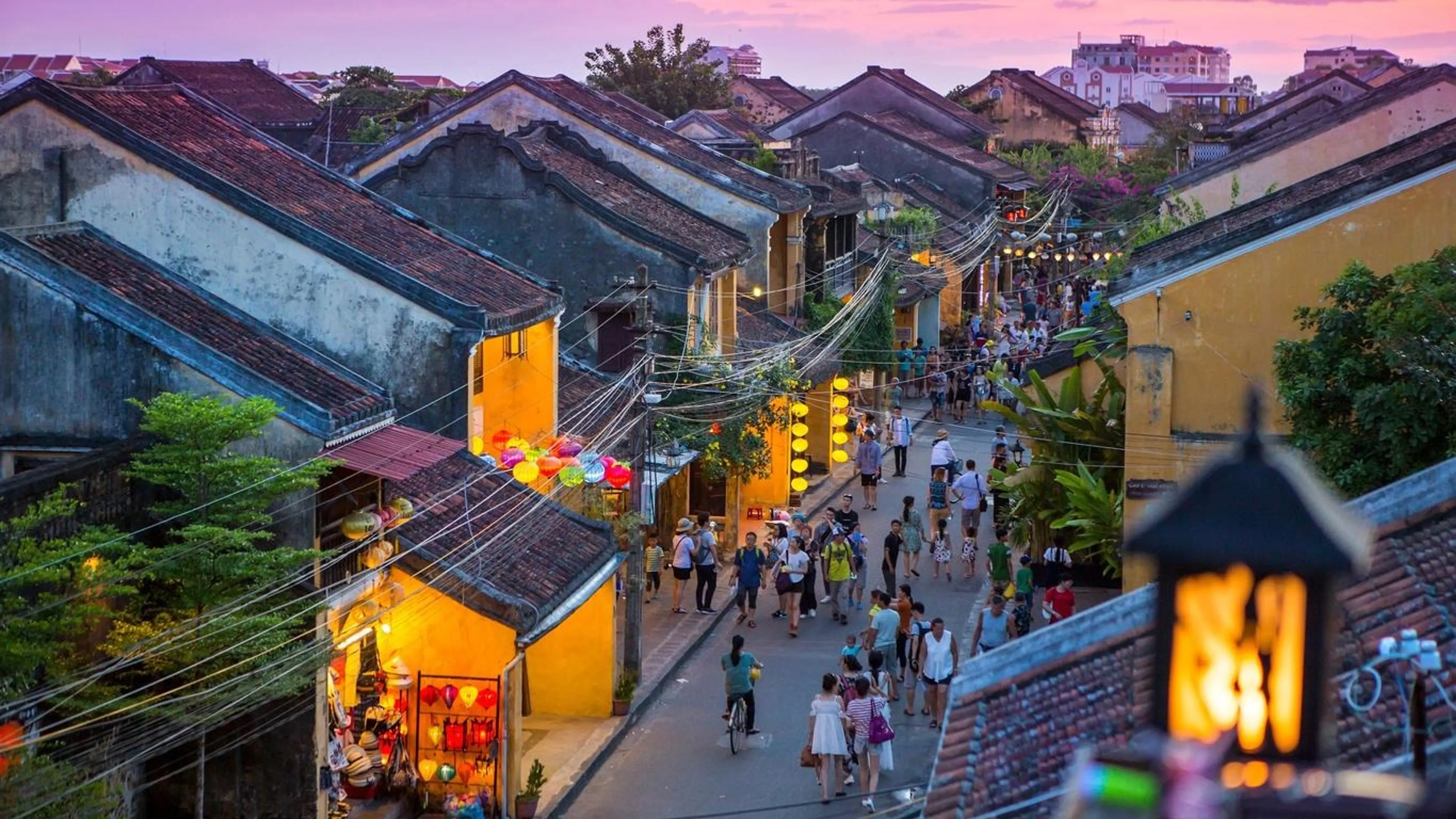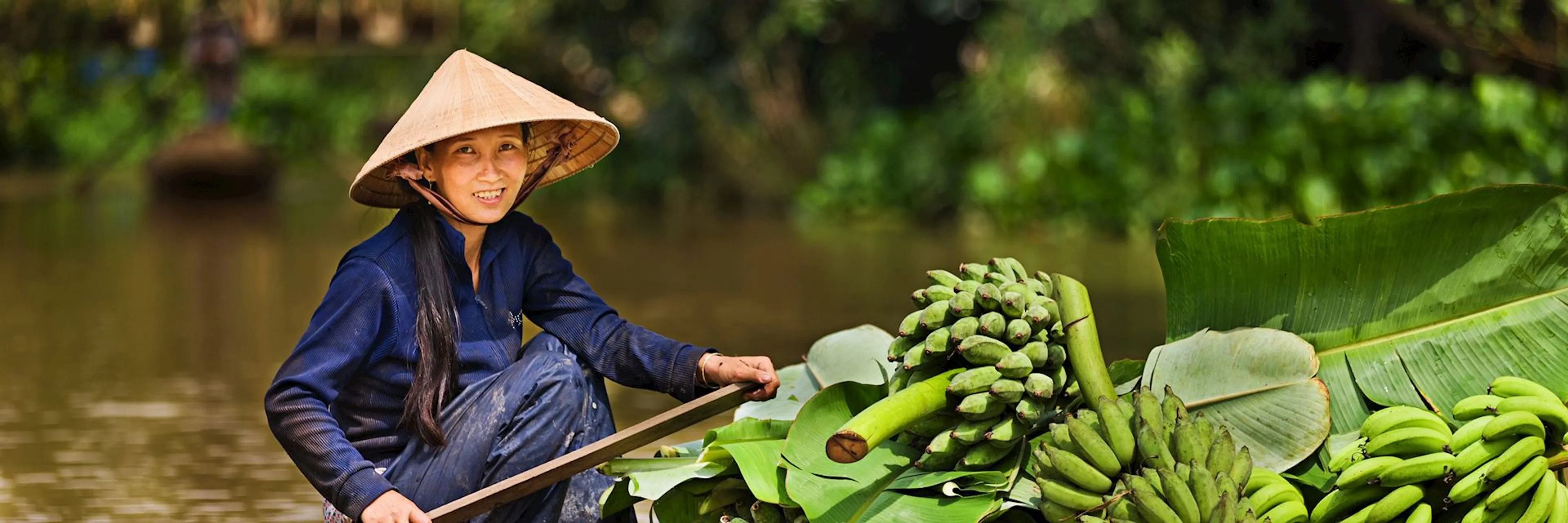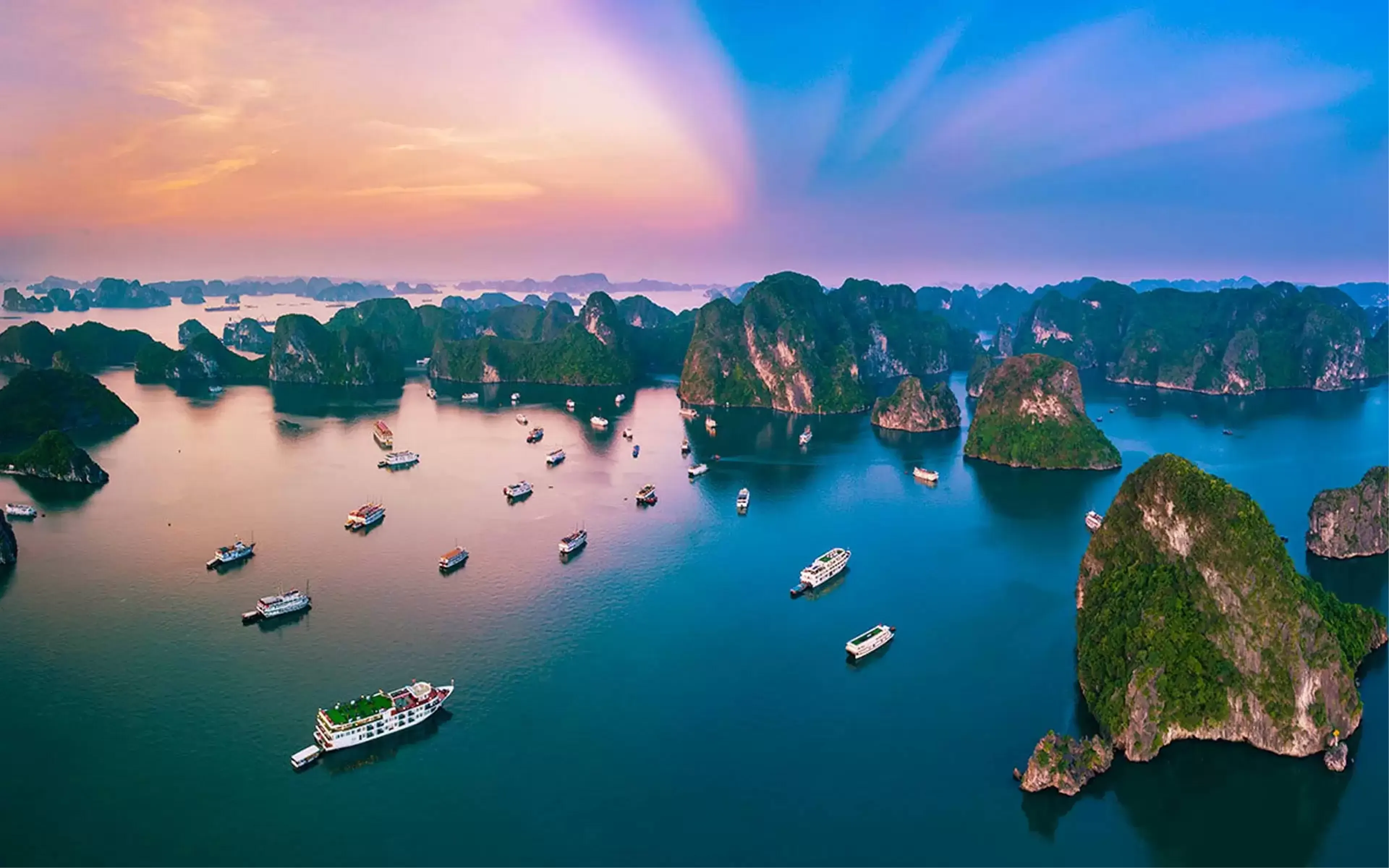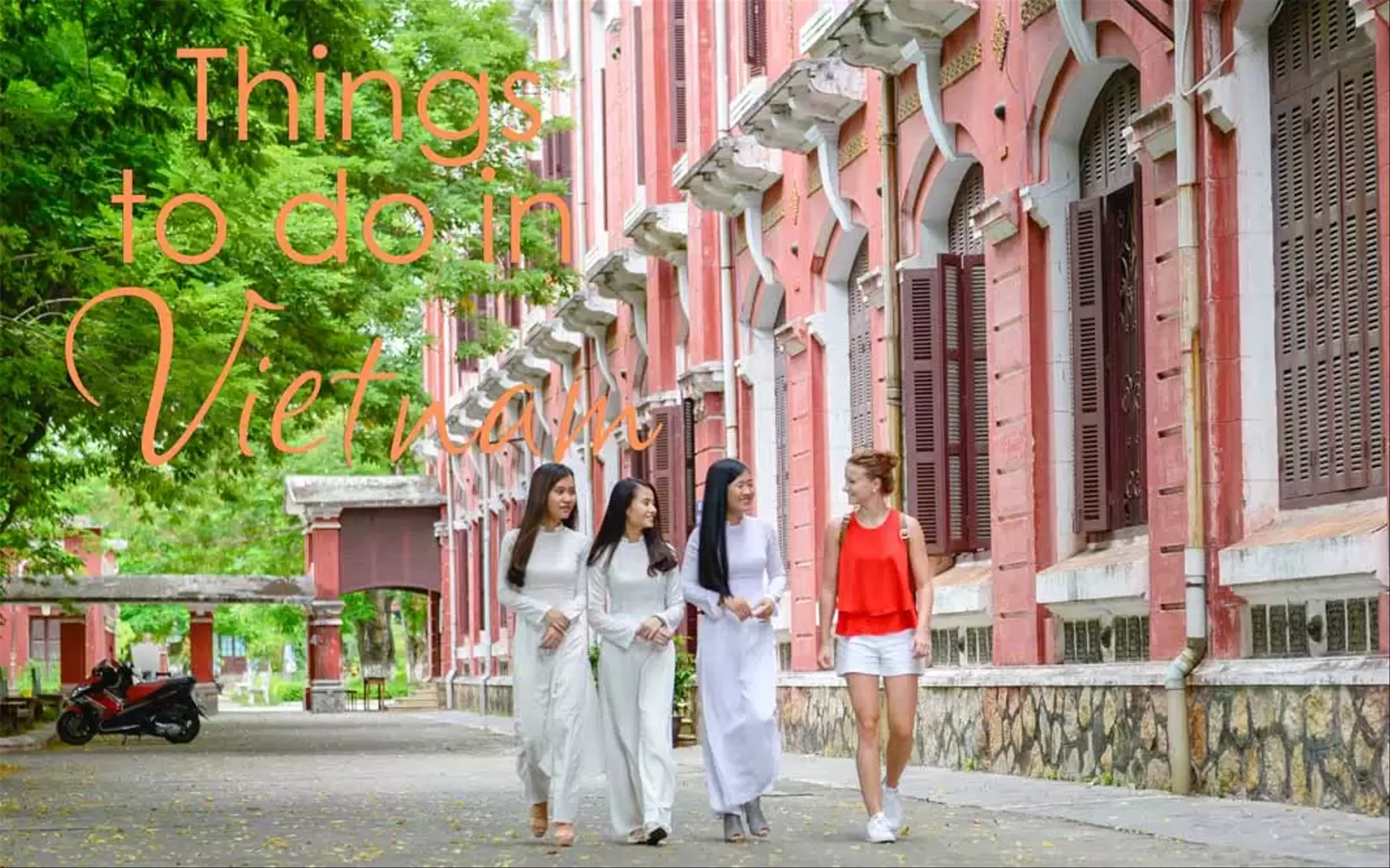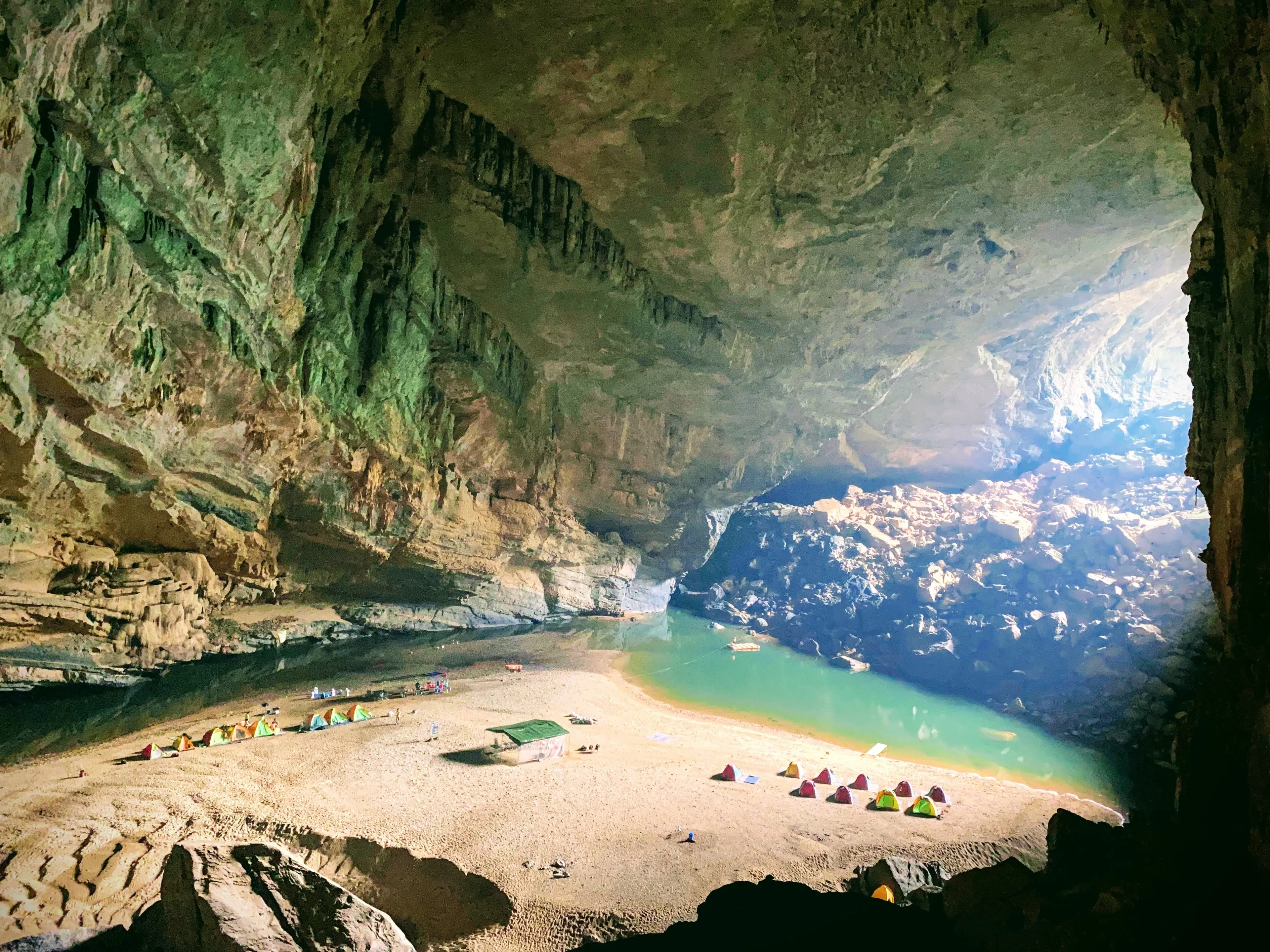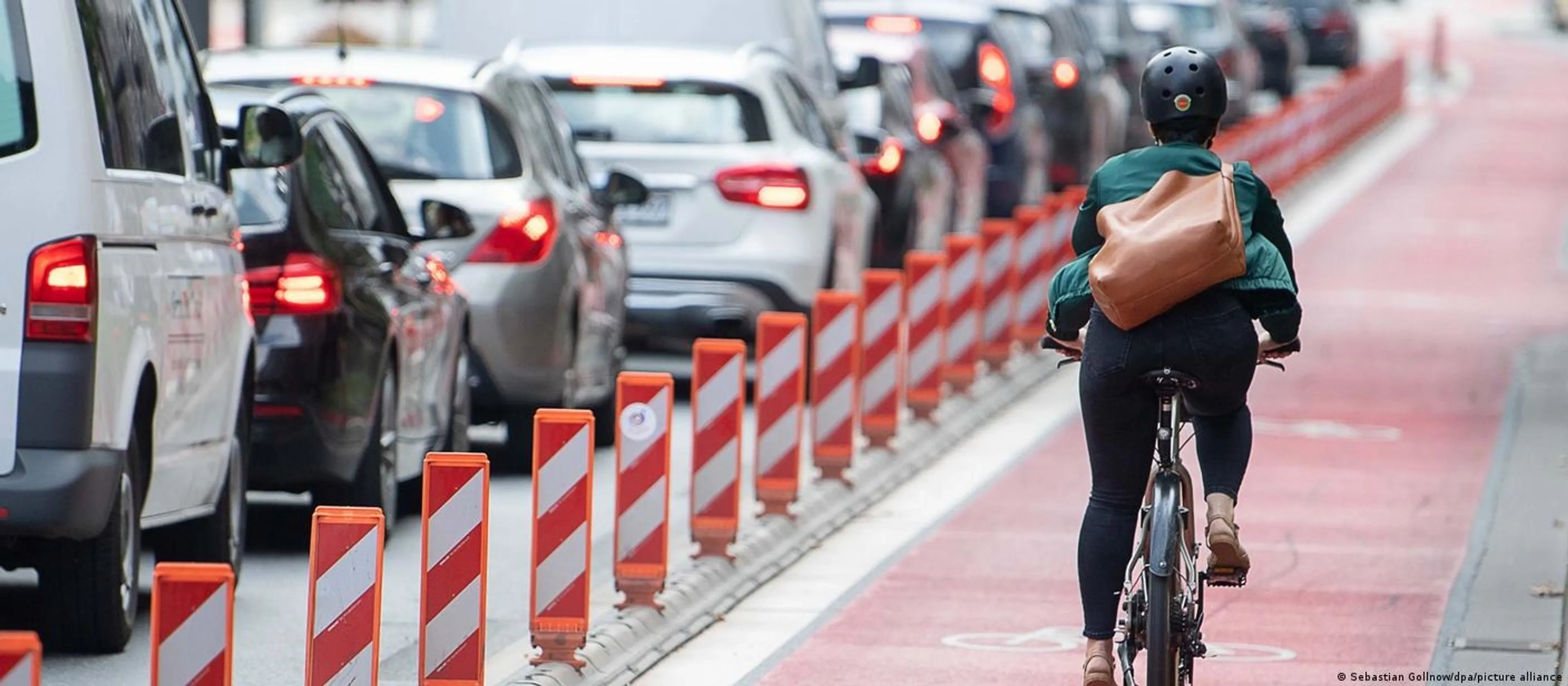
Transportation in Vietnam: An Essential Overview
Vietnam, a vibrant Southeast Asian country, is known for its rich cultural history, stunning landscapes, and bustling urban centers. With its rapid development and tourism growth, understanding its various modes of transportation is crucial for both residents and travelers.
Introduction to Transportation in Vietnam
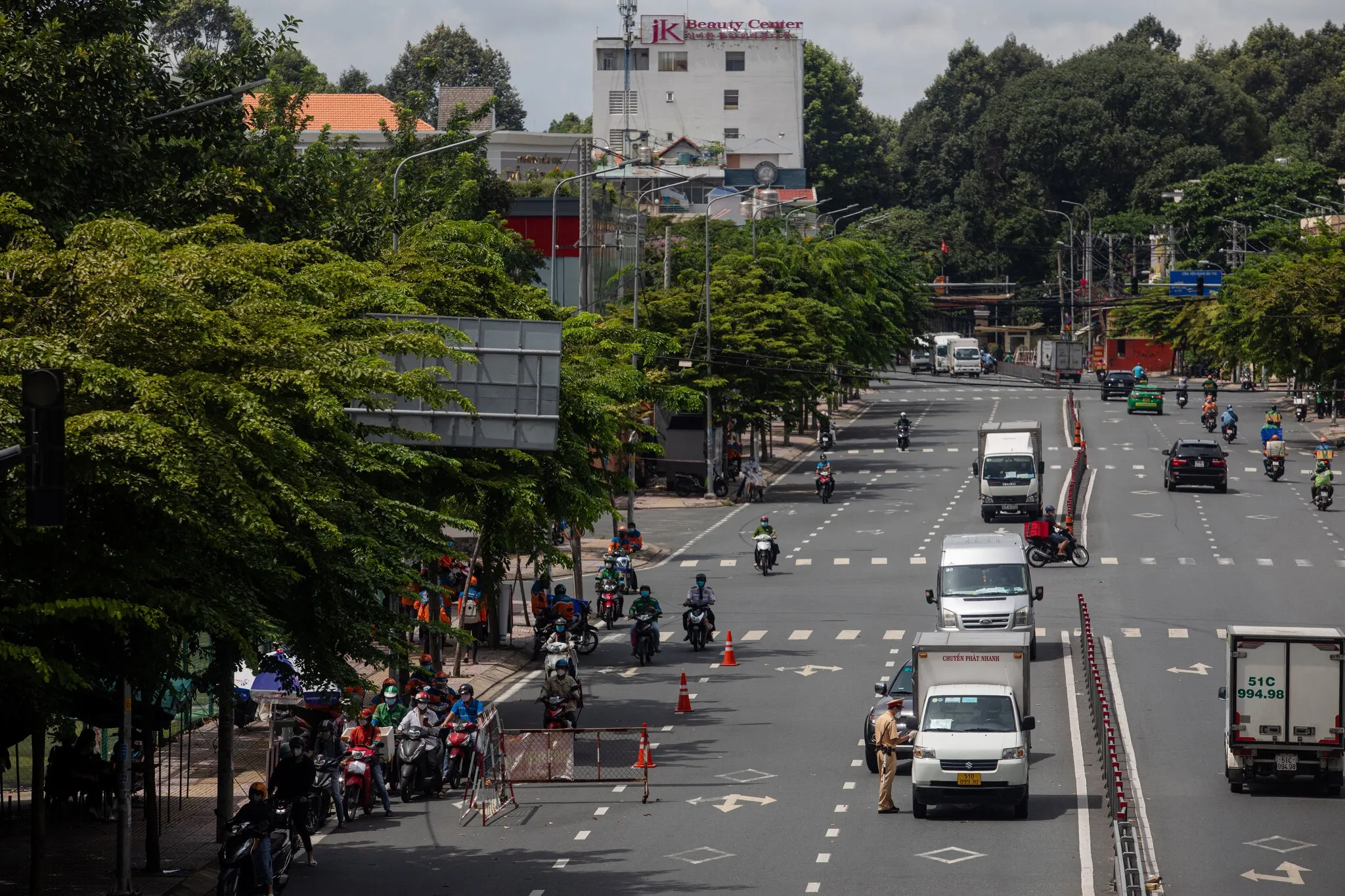
For decades, Vietnam has witnessed a transformation in how people move from place to place. This journey from traditional modes like bicycles and boats to modern trains, planes, and automobiles tells a tale of a nation on the move.
Brief History and Evolution
- Traditional: Bicycles, rickshaws, and boats were common.
- Modern Era: Introduction of motorbikes, cars, and public buses transformed the landscape.
- Today: A blend of tradition and modernity, with a strong reliance on motorbikes.
Importance to the Economy and Daily Life
- Economic growth: Enhanced transportation leads to better trade and tourism.
- Social Impact: Improved mobility, urbanization, and access to services.
Overview of Key Modes of Transportation

Navigating through Vietnam can be an experience in itself, with each mode offering a unique perspective of the country.
Road
- Motorbikes and Scooters: The most iconic and dominant mode.
- Buses: Serve both long-distance routes and city transportation needs.
- Taxis: Widely available, with both traditional taxis and app-based services like Grab.
- Private Vehicles: Growing in number, especially in urban areas.
Rail
- Trains: Connect major cities, offering scenic views of the countryside.
- Urban Rail: Emerging metro systems in cities like Hanoi and Ho Chi Minh.
Air
- Domestic Flights: Connect the sprawling country, with frequent flights between major cities.
- International Accessibility: Several international airports serve as gateways to the world.
Water
- Ferries: Crucial for island and coastal regions.
- Boats: Traditional boats offer a glimpse into the lives of those living by major rivers like the Mekong.
In the upcoming parts of this article, we will delve deeper into the intricacies, challenges, and joys of navigating through the vibrant landscapes of Vietnam. Whether you're a traveler looking for tips or someone keen on understanding the dynamics of this beautiful nation, stay tuned!
Transportation in Vietnam: A Closer Look
After a broad overview in Part 1, let's delve deeper into the intricacies of Vietnam's diverse transportation options. Each mode not only facilitates movement but also offers a unique cultural experience.
Road Transportation
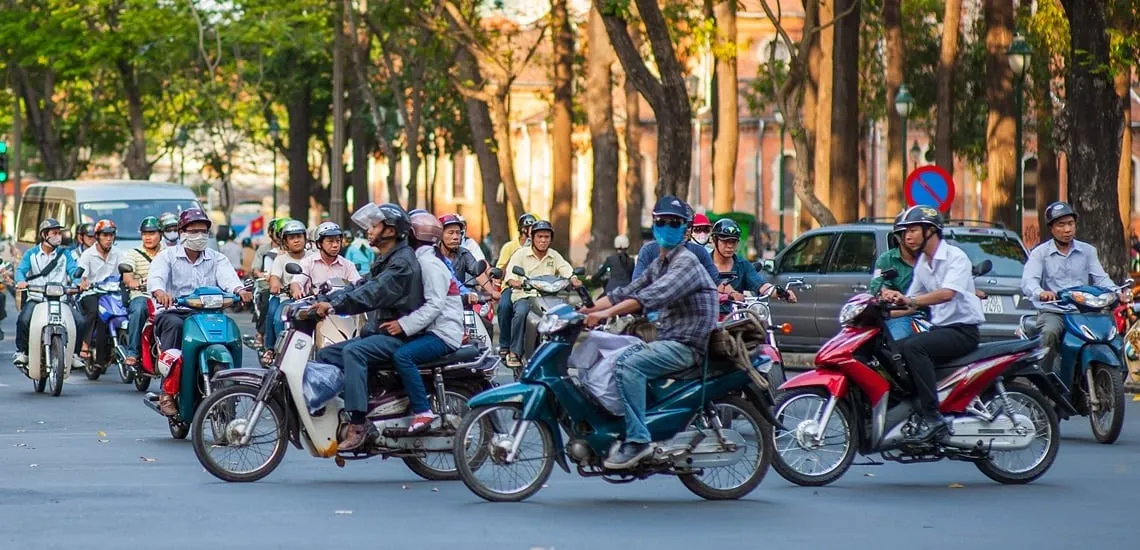
The hustle and bustle of Vietnamese streets is something to behold, with a flurry of motorbikes, cars, buses, and bicycles weaving seamlessly through traffic.
Motorbikes and Scooters
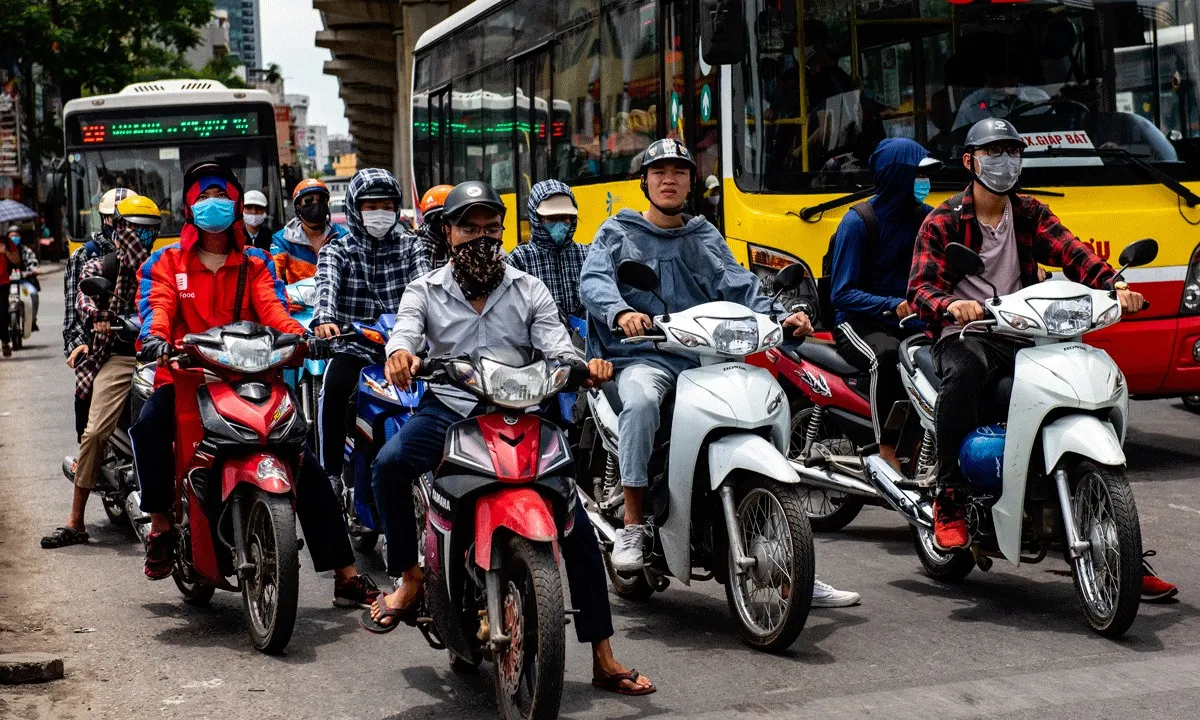
Motorbikes and scooters reign supreme on Vietnam's roads, shaping its unique street culture.
Dominance and Cultural Significance
- Ubiquity: Almost every household owns a motorbike.
- Symbol of Freedom: Represents mobility and economic progress.
Challenges and Regulations
- Traffic Congestion: Particularly in urban areas like Hanoi and Ho Chi Minh City.
- Safety: Helmets are mandatory, and traffic rules must be observed.
Buses and Taxis
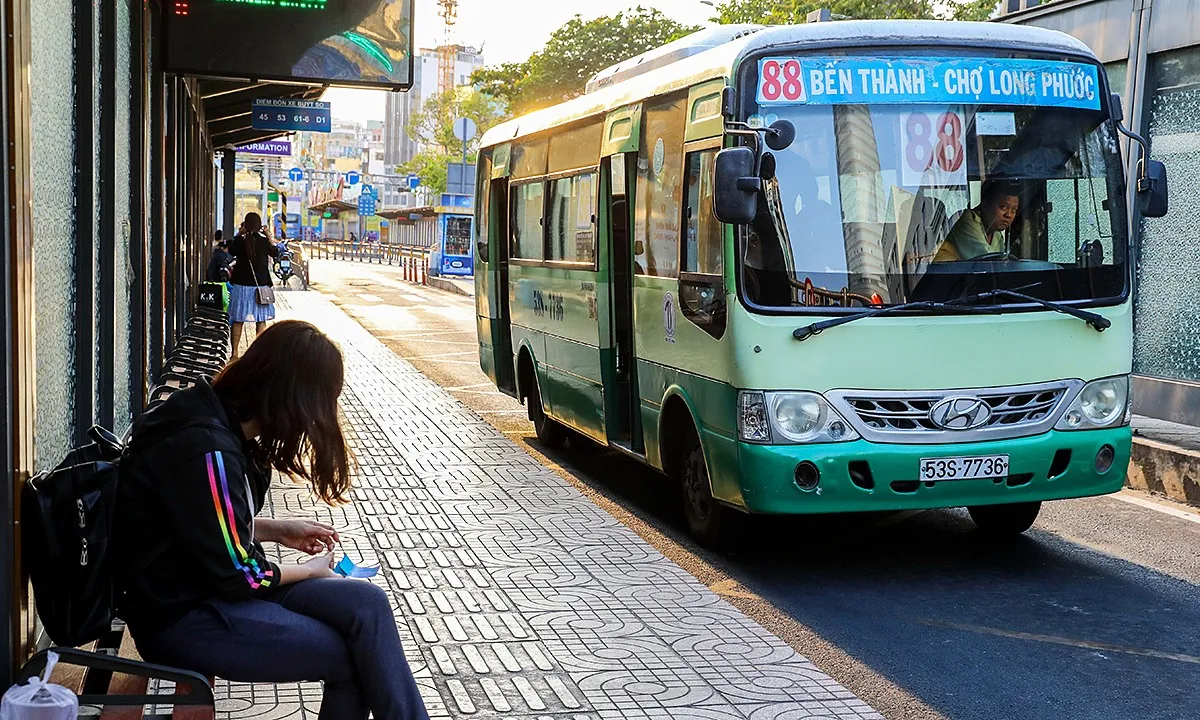
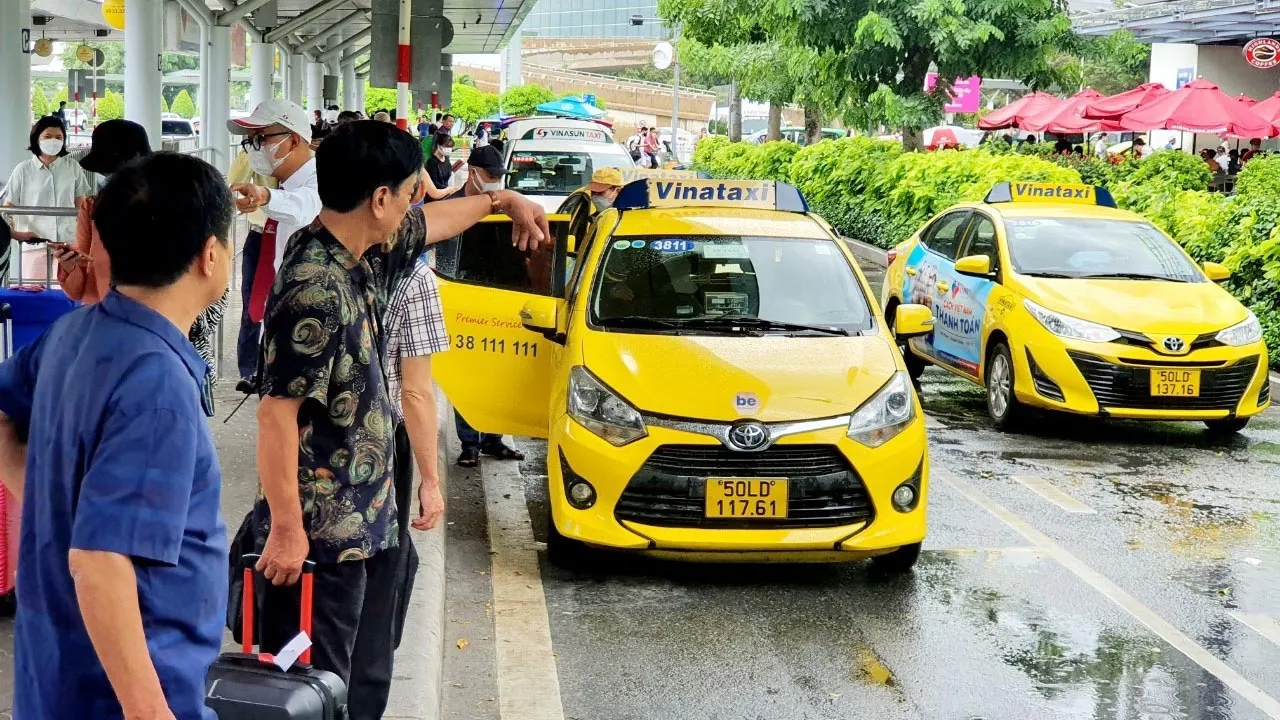
Public and private vehicles play a significant role in both inter-city and intra-city movement.
Popularity Among Locals and Tourists
- Buses: Economical choice for long distances and city commuting.
- Taxis: Reliable for short distances, with metered fare and ride-sharing options like Grab.
Ride-sharing Emergence
- Grab: Leading the market, offering both car and motorbike rides.
- Local Apps: Regional players offering similar services.
Traffic and Safety Concerns
Common Issues
- Congestion: Common in city centers during peak hours.
- Pedestrian Safety: Zebra crossings might not always be respected.
Tips for Travelers
- Stay Alert: Constant vigilance when crossing the street.
- Follow Locals: Observe and emulate local traffic behaviors.
Rail Transportation
Trains provide an eco-friendly, scenic alternative to road travel, connecting various parts of the country.
National Rail System
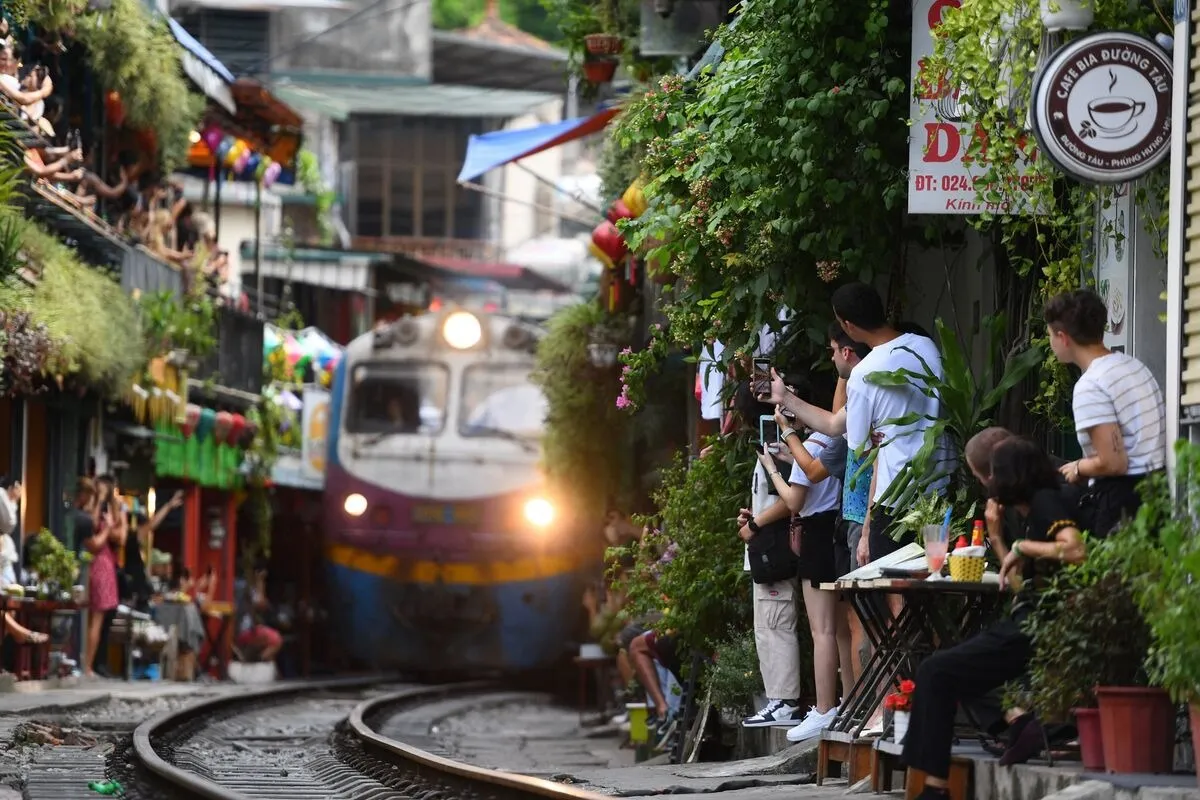
History and Routes
- Colonial Legacy: Railways introduced during French colonization.
- Popular Routes: The Reunification Express connects Hanoi and Ho Chi Minh City.
Experience for Travelers
- Scenic Views: Pass through mountains, paddy fields, and coastal areas.
- Classes: Options ranging from hard seat to soft sleeper cabins.
Urban Rail and Metro
Developments in Major Cities
- Hanoi and Ho Chi Minh: Both cities are developing metro systems to ease congestion.
- Future Plans: Expansion of lines and connection to suburbs.
Benefits and Challenges
- Eco-friendly and Efficient: Reducing reliance on road transport.
- Infrastructure: Need for consistent development and maintenance.
Air Transportation
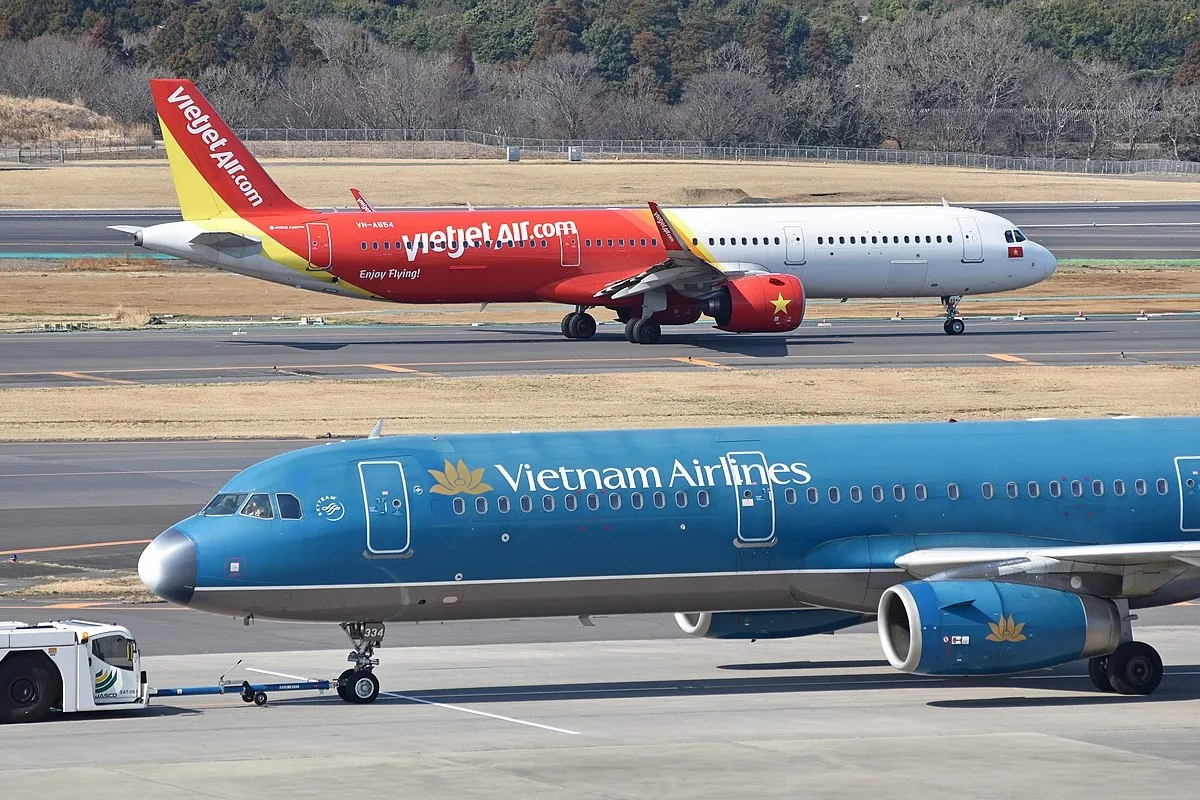
Vietnam, with its elongated shape, relies heavily on its air network for swift connectivity.
Major Airports and Domestic Flights
Key Cities and Their Connectivity
- Main Hubs: Tan Son Nhat (Ho Chi Minh) and Noi Bai (Hanoi) are the busiest.
- Others: Airports in Da Nang, Nha Trang, and Phu Quoc serve significant domestic and international traffic.
Airlines and Flight Frequency
- National Carrier: Vietnam Airlines offers the most extensive network.
- Budget Airlines: Carriers like VietJet Air provide affordable travel options.
International Accessibility
- Direct International Flights
- Multiple Flights: To neighboring countries and major global hubs.
- Airport Facilities and Services
- Amenities: Modern terminals offer shopping, dining, and lounges.
- Accessibility: Well-connected by road and, in some cases, rail.
Water Transportation

Vietnam's extensive coastline and significant rivers make water transport a vital component.
Coastal and River Ferries
Importance for Remote Areas
- Accessibility: Essential for islands and remote coastal regions.
- Lifeline: For many communities, ferries are the primary mode of transportation.
Tourist Spots
- Halong Bay: Known for its cruises amidst limestone karsts.
- Mekong Delta: Traditional boat rides offer an authentic experience.
Traditional Boats and Cruises
Cultural Experiences
- Mekong Delta Cruises: Experience life on the river and floating markets.
- Traditional Wooden Boats: Often used for short distances and tourist attractions.
Environmental Considerations
- Eco-friendly Boats: Initiatives to reduce water pollution.
- Preservation: Efforts to maintain the natural beauty of water bodies.
Navigating through Vietnam offers myriad experiences. From the organized chaos of its roads to the serene beauty viewed from its trains, every journey tells a story. In our next section, we'll address frequently asked questions and future prospects of transportation in Vietnam. Stay with us!
Transportation in Vietnam: Frequently Asked Questions
As with any destination, travelers and enthusiasts have a host of queries about transportation in Vietnam. In this section, we address some of the most commonly asked questions to provide clarity and help visitors navigate this vibrant nation with ease.
FAQs
1. What is the most popular mode of transportation in Vietnam?
- Motorbikes: By far, the most dominant mode. You'll see them everywhere, from busy city streets to rural paths.
- Used for various purposes: From commuting to transporting goods.
- Sign of modernity: Represents the nation's rapid economic growth.
2. How safe is it to travel by road in Vietnam?
- Safety is a concern given the heavy traffic, especially in cities like Hanoi and Ho Chi Minh City.
- For Motorbike Riders: Always wear a helmet. Familiarize yourself with local traffic patterns before riding.
- For Pedestrians: Be vigilant. Look both ways and follow the flow of locals when crossing roads.
- For Car Travelers: Ensure seat belts are worn. Preferably use services with good reviews or recommendations.
3. Are there metro systems in Vietnamese cities?
- Yes, but they are in the developmental phase.
- Hanoi and Ho Chi Minh City are introducing metro systems to alleviate road congestion.
- Expected to become major transportation hubs once fully operational.
- Future plans include expansion and addition of new lines.
4. What should tourists know about using taxis in Vietnam?
- Taxis are a convenient way to travel short distances.
- Reputed Companies: Stick to well-known companies like Vinasun or Mai Linh for reliability.
- Metered Fares: Always ensure the meter is running. Rates are usually affordable.
- Ride-sharing Apps: Platforms like Grab are popular and often preferred by both locals and tourists for their convenience and pricing transparency.
Vietnam, with its diverse landscape and rich history, offers a plethora of experiences. Proper knowledge about its transportation can greatly enhance these experiences. We hope this FAQ section aids in your travels, but remember: the journey is as enriching as the destination. In our final section, we'll provide a glimpse into the future of transportation in Vietnam and offer some recommendations for travelers. Stay tuned!
Transportation in Vietnam: The Road Ahead and Recommendations
The changing dynamics of Vietnam's transportation landscape paint a promising picture for the future. In this concluding section, we explore the upcoming shifts in transportation modes and offer some valuable recommendations for those navigating the country.
The Future of Transportation in Vietnam
While tradition still holds strong, advancements in technology and infrastructure are paving the way for a more integrated and efficient transportation system in Vietnam.
Smart Urban Transportation
- Tech Integration: With the rise of smartphones, apps like Grab are changing how people travel in urban areas.
- Public Transit Upgrades: The ongoing development of metro systems in major cities like Hanoi and Ho Chi Minh City.
- E-vehicles: A growing interest in electric bikes and cars, signaling an eco-friendly shift.
Sustainable Rail and Air Travel
- High-Speed Trains: Plans are in place to introduce faster rail links, cutting travel times significantly.
- Green Airports: Initiatives to make airports more eco-friendly with sustainable practices.
- Expansion of Flight Networks: Introduction of more routes, both domestic and international, to cater to growing tourism.
Waterway Preservation
- Eco-friendly Cruises: Reducing the carbon footprint of boats and cruises in tourist spots.
- Preservation Initiatives: Protecting the integrity of Vietnam's water bodies, especially in places like the Mekong Delta and Halong Bay.
Traveler Recommendations
For those exploring Vietnam, here are some parting tips to make your journeys smoother and more enjoyable.
Be Adaptable
- Local Nuances: Each region might have its unique transportation quirks. Stay observant and adaptable.
- Language Barrier: While many in the tourism industry speak English, having a translation app or a phrasebook can be handy.
Plan Ahead
- Train Reservations: If traveling by rail, book your tickets in advance, especially during peak seasons.
- Local Sim Card: A local number can be beneficial for internet access and contacting local services.
Stay Informed
- Weather Conditions: Especially if traveling by road or sea, stay updated on weather forecasts.
- Local News: For any transportation strikes or disruptions.
Prioritize Safety
- Health Precautions: Especially in current times, maintain personal hygiene while using public transport.
- Avoid Overcrowded Modes: If possible, opt for less congested times or modes of transportation.
In conclusion, transportation in Vietnam is a vibrant mix of the old and new. Whether you're maneuvering through its bustling streets on a motorbike, witnessing its scenic beauty from a train, or sailing on its pristine waters, Vietnam promises an unforgettable journey. Safe travels!
No matter what time of year you choose to visit Vietnam, you are sure to have a wonderful time. This beautiful country has something to offer everyone, from stunning scenery and ancient temples to delicious food and vibrant culture, book your Vietnam visa online right here to visit this wonderful country

